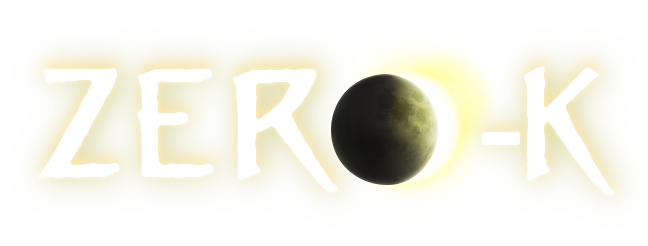| 1 |
As @ddaboqepp indicated, with enough players pala rush is always viable. If one wanted to stop it, you'd need a different economic model.
|
1 |
As @ddaboqepp indicated, with enough players pala rush is always viable. If one wanted to stop it, you'd need a different economic model.
|
| 2 |
\n
|
2 |
\n
|
| 3 |
I
had
an
idea
that
*total
team*
innate
income
could
be
related
to
map
size.
I
think
this
would
have
some
"good"
effects
in
terms
of
limiting
strider
rush
viability
to
sufficiently
(
possibly
extremely)
large
maps,
encouraging
raidable
expansion
and
for
dense
games
to
play
on
larger
maps.
However
there
would
be
considerable
negative
effects
such
as
a
drastic
change
in
income
for
1v1
on
larger
maps,
which
would
completely
change
how
the
game
played.
|
3 |
I
had
an
idea
that
*total
team*
innate
income
could
be
related
to
map
size.
I
think
this
would
have
some
"good"
effects
in
terms
of
limiting
strider
rush
viability
to
sufficiently
(
possibly
extremely)
large
maps,
encouraging
raidable
expansion
and
for
dense
games
to
play
on
larger
maps.
However
there
would
be
considerable
negative
effects
such
as
making
beloved
dense
lobster
games
a
commander
fest,
and
a
drastic
change
in
income
for
1v1
on
larger
maps,
which
would
completely
change
how
the
game
played.
|
| 4 |
\n
|
4 |
\n
|
| 5 |
In theory we could also make the free factory have no nutritional value. I don't think there's much point while every player still gets a much larger M gift though.
|
5 |
In theory we could also make the free factory have no nutritional value. I don't think there's much point while every player still gets a much larger M gift though.
|
 Pala rush with new prohibition on pala rush
Pala rush with new prohibition on pala rush
